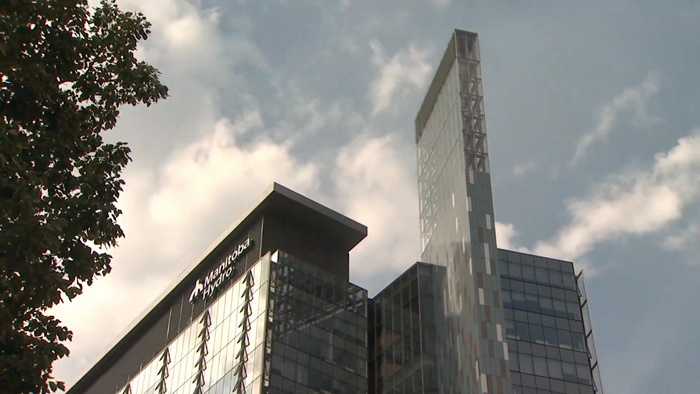Manitoba Hydro filed its 2021-22 Interim Rate Application with the Public Utilities Board (PUB) yesterday requesting an overall average five per cent electricity rate increase, effective Jan. 1, 2022. The Corporation was directed to file an application with the PUB following cancellation of Bill 35 and the associated electricity rate increase.
The higher rate ask is a direct result of the impact of the ongoing drought on the Corporation’s finances.
If approved by the PUB, a five per cent increase for a residential customer who does not heat with electricity, using about 1,000 kilowatts per month, would result in an approximate $5 increase on their monthly energy bill. For a customer who heats with electricity, using about 2,000 kilowatts a month, the increase on their monthly bill would be approximately $10.
Despite the proposed increase, Manitoba Hydro will continue to have some of the lowest electricity rates in North America, according to a comparison of rates prepared annually by Hydro-Québec. A Statistics Canada report on household spending, released earlier this year, shows the average Manitoba family pays more for cellular, internet and TV services annually than on their energy bill.
“We know no one wants to see a higher electric bill,” said Jay Grewal, President and CEO of Manitoba Hydro. “Unfortunately, we’re in a situation where the drought is having a major impact on our finances and we don’t know when precipitation levels will return to normal. Without a rate increase, our ability to continue to reinvest in our system so that we can continue to serve Manitobans with reliable, clean energy will be hampered.”
Manitoba Hydro is forecasting a potential loss in its consolidated operation of between $190 million and $200 million for the current fiscal year. Manitoba Hydro had budgeted a positive net income of $190 million for the 2021-22 fiscal year in its 2020-21 Annual Report.
Grewal said the lack of significant precipitation across much of Manitoba Hydro’s watershed over the past year and lower water flows – water inflows to the southern portion of the system are the lowest in 40 years – has weakened the utility’s ability to generate and sell surplus energy on spot markets in the United States and Canada.
“The money we make from opportunity sales of renewable energy is vital to our financial health,” Grewal said. “That additional revenue is money we use to help keep rates for our customers here in Manitoba lower than they would be otherwise.”
Grewal added any rate increase will be reviewed and approved by the PUB, following their public processes. The last electricity rate increase was 2.9 per cent which went into effect on Dec. 1, 2020.
“The loss of net income because of the drought and risk to the self-sustaining nature of Manitoba Hydro’s debt obligations and financing is indisputable,” she said. “Having a financially healthy utility will help protect Manitoba energy consumers over the long term. “That’s why this increase is needed to help ensure we have the revenue we need to operate, rebuild and expand the electricity system so we continue to serve our customers with reliable renewable electricity as we have for the last 60 years.”



